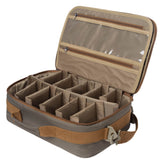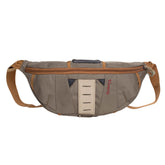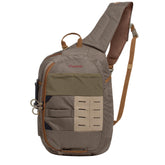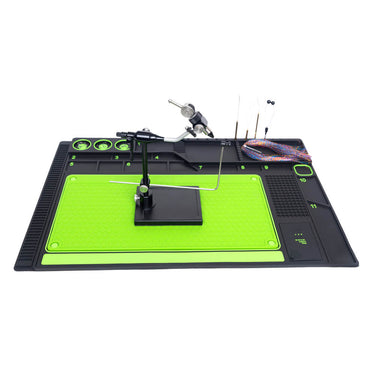Fly Fishing for Atlantic Halibut
Fly fishing for Atlantic halibut (Hippoglossus hippoglossus) is an extreme and specialized challenge, as these massive flatfish are typically targeted with heavy conventional gear in deep water. However, for adventurous anglers, sight-fishing for halibut in shallow coastal areas (especially in Norway, Iceland, or Canada) can present a rare opportunity to use fly gear. Here’s a guide to the unique considerations for this pursuit:
Key Considerations for Fly Fishing Halibut
Location & Season:
Focus on shallow bays, fjords, or sandy flats (5–50 ft deep) where halibut feed inshore during summer months.
Prime spots: Northern Norway (Lofoten Islands), Iceland, Newfoundland, or Alaska (Pacific halibut, but similar tactics apply).
Tide-dependent: Fish incoming/outgoing tides when halibut move into shallows to ambush prey.
Gear for Giants:
Rod: 11–12 wt. fast-action saltwater fly rod (e.g., Sage Salt HD, Orvis Helios 3D).
Reel: Large-arbor saltwater reel with a sealed drag (e.g., Tibor Gulf, Nautilus NV-G) and 200+ yards of 30–50 lb backing.
Line: Sinking line (e.g., Rio Leviathan, 400–500 grain) or intermediate line for shallower water.
Leader: 6–9 ft of 50–80 lb fluorocarbon (short, stiff leader to turn over heavy flies).
Flies:
Size: 6–10 inches long (match local baitfish like herring, capelin, or squid).
Patterns:
Deceivers (white/blue, olive/white)
Baitfish imitations (Clouser Minnows, Hollow Fleyes)
Jointed flies (e.g., Game Changer) for extra movement.
Weight: Lead or brass eyes to help flies sink quickly.
Techniques:
Sight Fishing: Polarized glasses are critical—look for "humps" on sandy bottoms or shadows of cruising fish.
Stripping: Slow, erratic strips with pauses (halibut often strike on the drop).
Bottom Bouncing: Let the fly sink, then hop it along the seabed to mimic a wounded fish.
Set the Hook Hard: Halibut have tough mouths; strip-strike multiple times.
Handling & Ethics:
Fight Time: Halibut are powerful; expect 20+ minute battles. Keep the rod low to avoid leverage.
Release: Use a lip gaff or tail rope, minimize air exposure, and revive thoroughly. Avoid dragging onto dry rocks/sand.
Regulations: Check local rules—many areas require circle hooks or have size limits.
Challenges
Rarity: Halibut in fly-friendly depths are uncommon; patience and local knowledge are key.
Conditions: Wind, currents, and cold water demand endurance.
Safety: Large halibut can weigh 100+ lbs—be prepared for a dangerous fight in a boat or wading.
Alternative Approach: "Micro-Halibut"
In some regions (e.g., Scandinavia), smaller "chicken" halibut (10–30 lbs) are more feasible targets on a 9–10 wt fly rod with clousers or shrimp patterns.
If you’re serious about halibut on fly, hiring a guide with experience in sight-fishing them is highly recommended. Tight lines! 🎣















